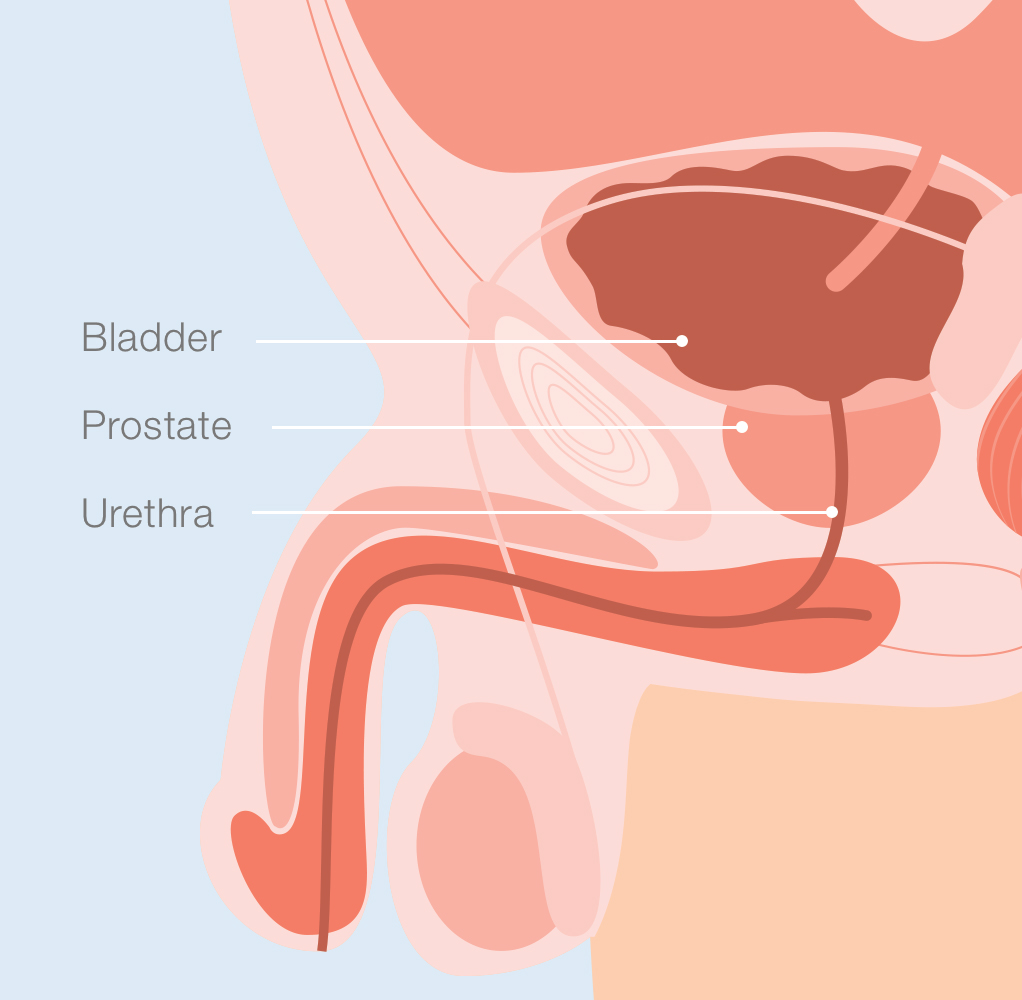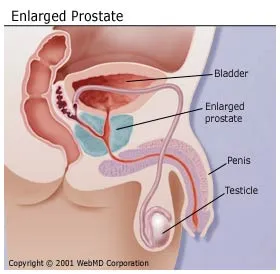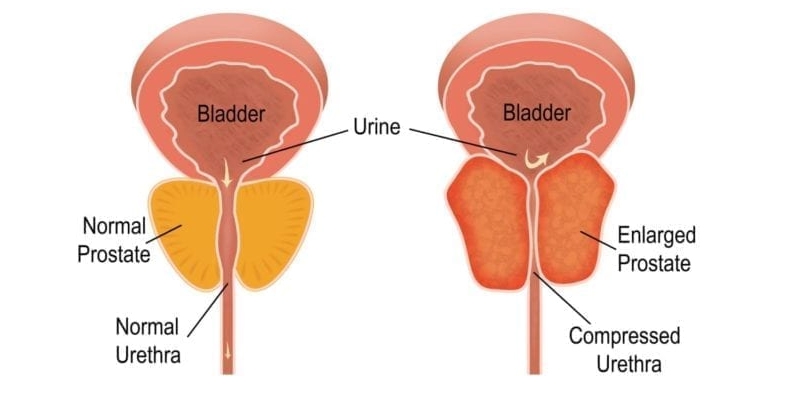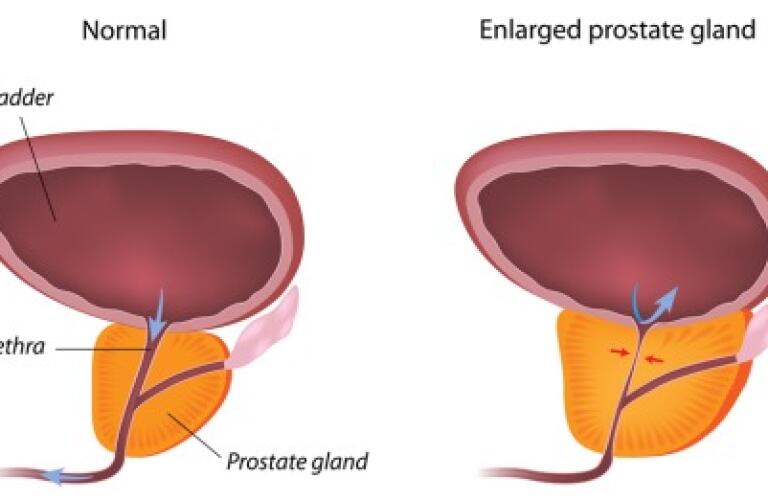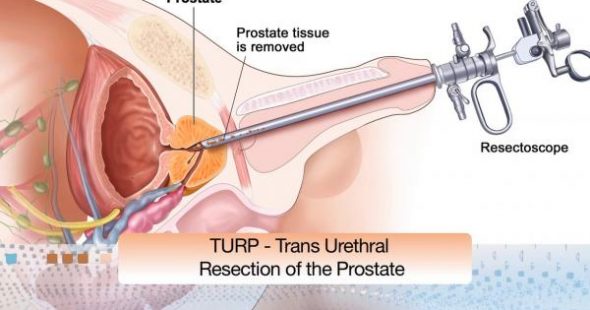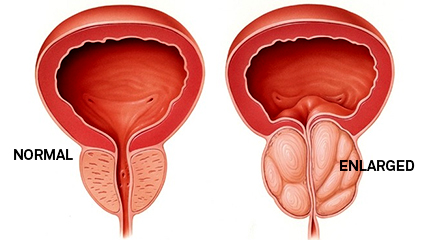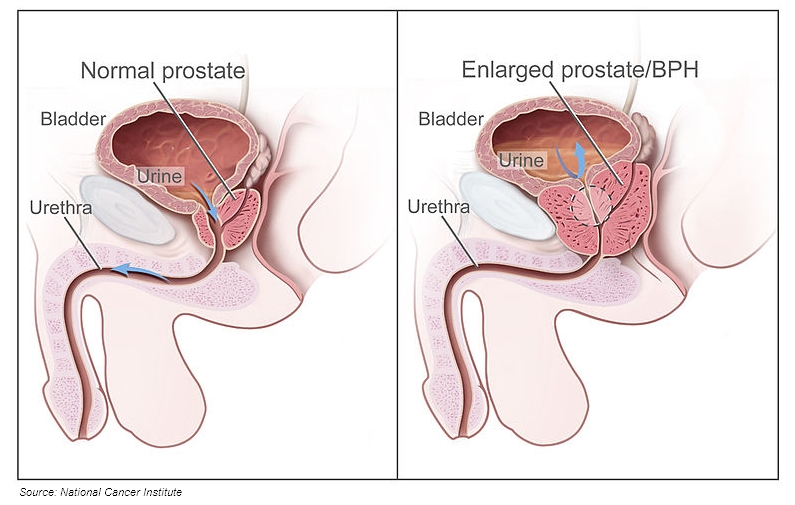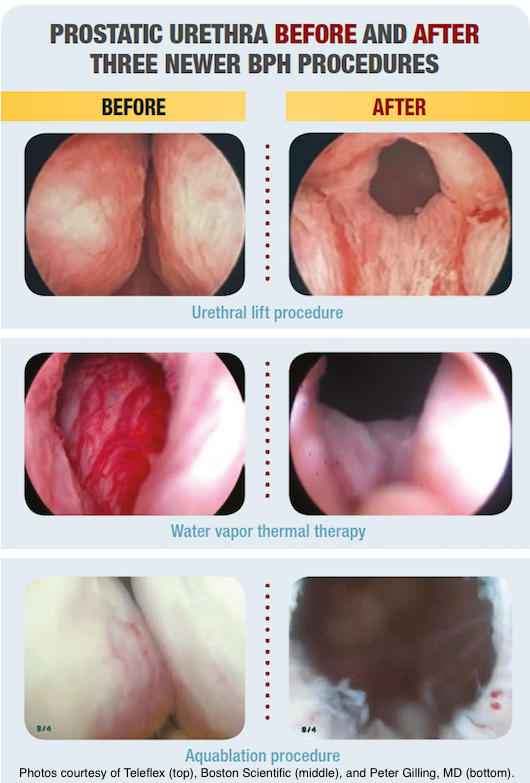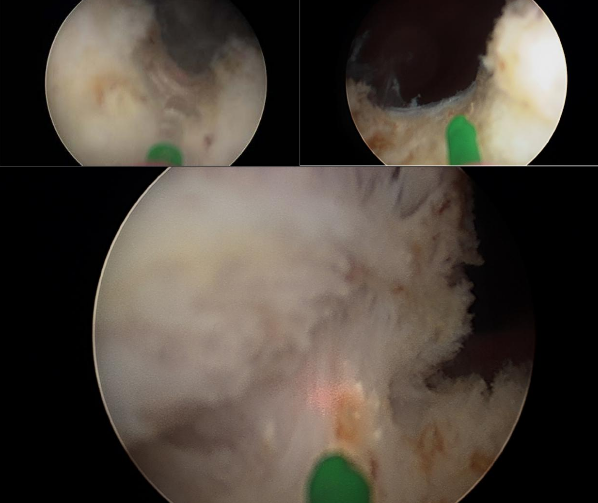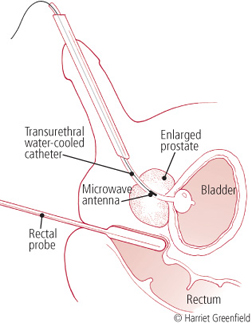Tuna Prostate Laser Surgery

The most common surgery for bph is called transurethral resection of the prostate or turp.
Tuna prostate laser surgery. Most of the time these procedures can relieve your symptoms. This procedure is no longer recommended for the treatment of bph. Transurethral microwave therapy tumt is an outpatient procedure to treat urinary symptoms caused by an enlarged prostate it s generally used for men with small to moderate sized prostates. A randomized prospective clinical trial published in the journal of urology compared the safety and effectiveness of transurethral needle ablation tuna a procedure that uses radio waves to heat and destroy prostate cells obstructing the urethra with transurethral resection of the prostate turp the most common procedure for benign prostatic hyperplasia bph in which excess prostate.
During the procedure surgeons remove the excess prostate tissue through the urethra. Doctors decide which to use based mainly on the prostate s size. A laser passed through the scope removes prostate tissue by ablation melting or enucleation cutting. Photoselective vaporization of the prostate pvp.
Although several options in laser surgery exist our harvard experts most often use the pvp laser technique also known as the greenlight laser. Fast facts on bph. But you have a higher chance of needing a second surgery in 5 to 10 years than if you have transurethral resection of the prostate some of these less invasive surgeries may cause fewer problems with controlling your urine or ability to have sex than the standard turp. Laser surgery for bph involves inserting a scope through the penis tip into the urethra.
A small microwave antenna is inserted through the tip of your penis into the tube that carries urine from your bladder urethra. Transurethral needle ablation tuna. Learn how to overcome enlarged prostate through tuna turp greenlight laser therapy and other minimally invasive procedures. This uses a high energy laser to vaporize prostate tissue that is obstructing the flow of urine through the urethra see figure 2.







